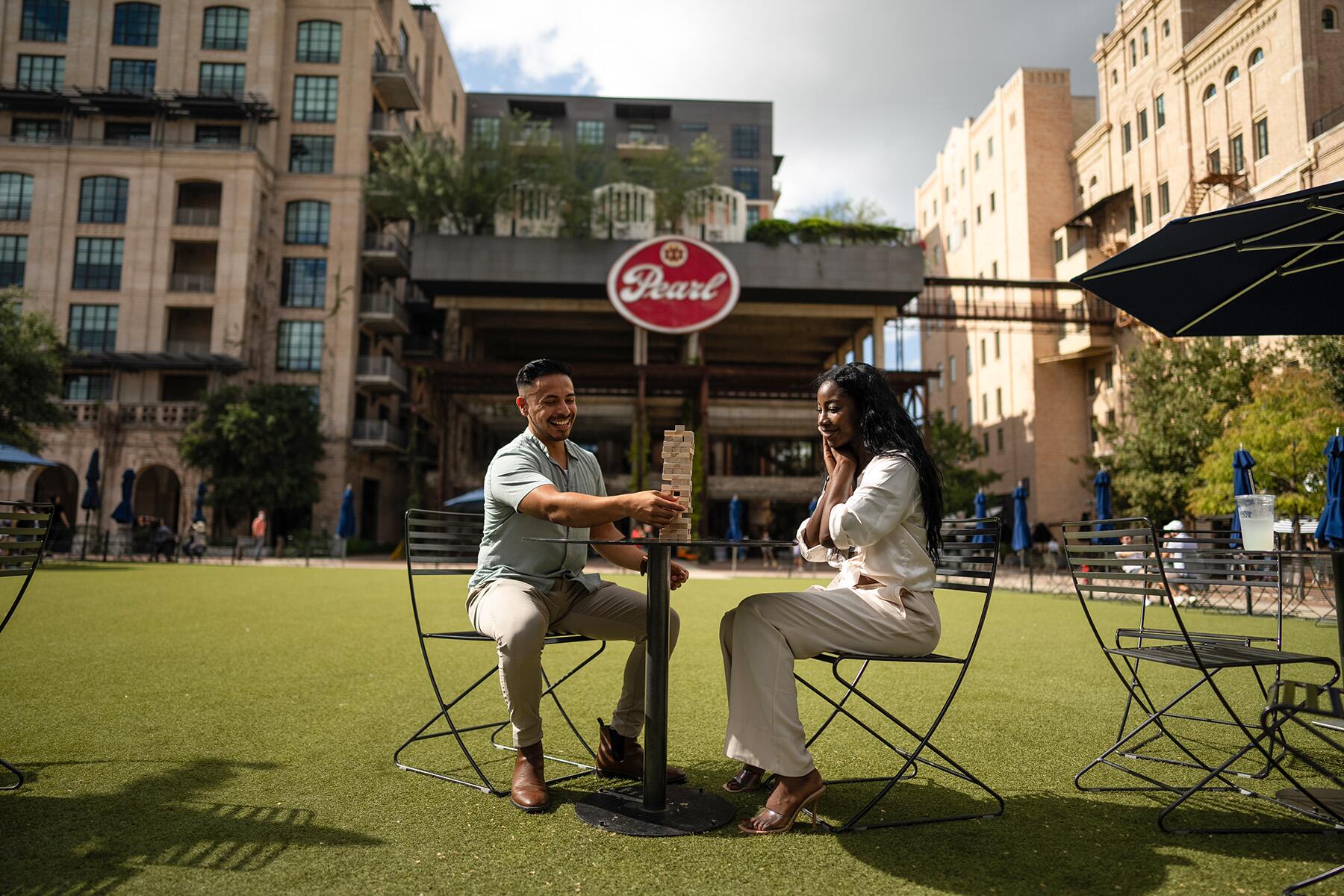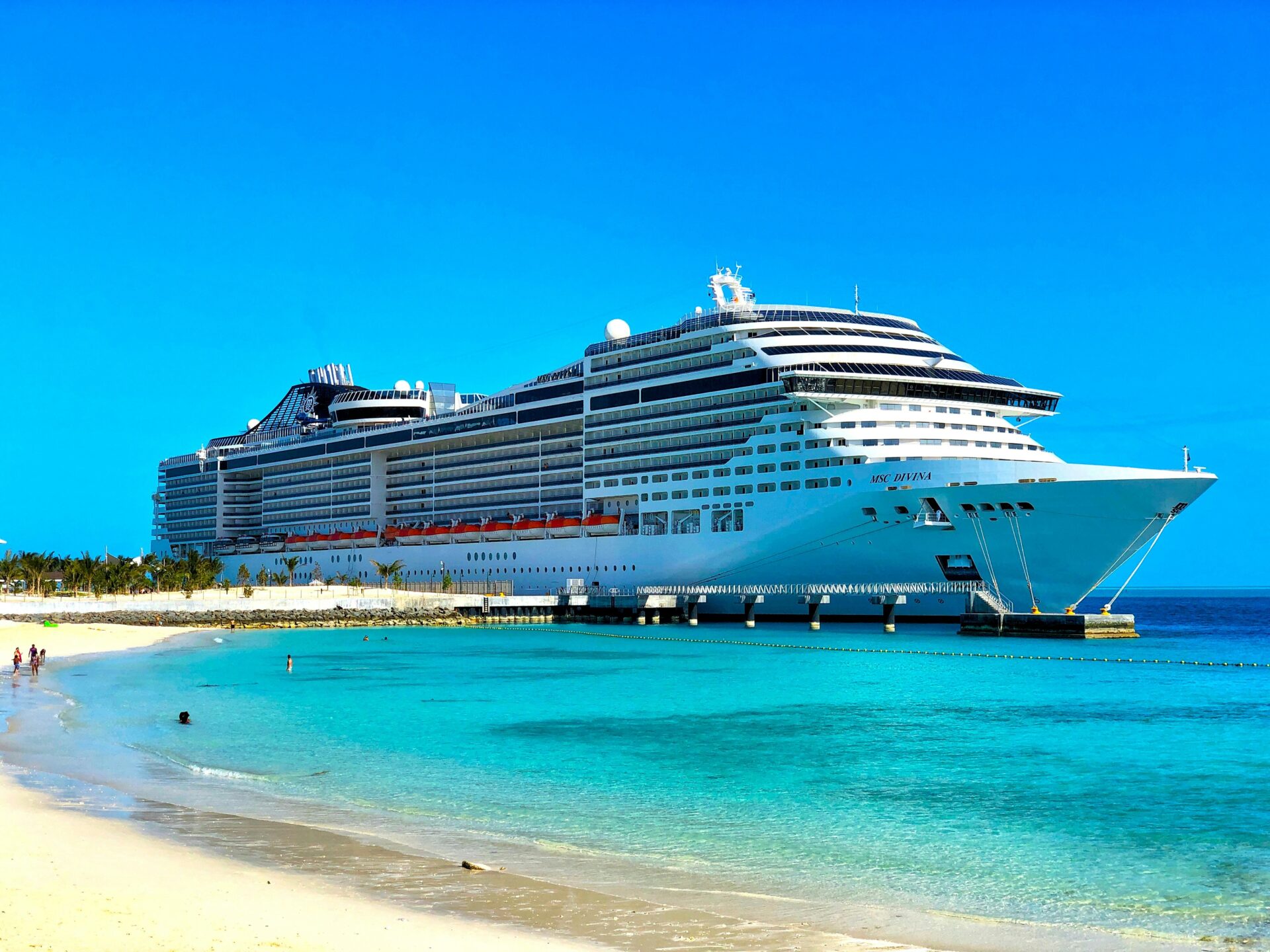Is San Antonio’s River Walk an ideal stop on your travel itinerary? During my initial visit on a scorching summer day, it seemed an oasis in the heart of the bustling city. Nestled below the skyscrapers’ shadows, the temperatures on the River Walk were gently cooler than street level, offering me a delightful respite from the intense heat.
However, a return visit during the pandemic’s phase of cautious outdoor recreation and dining left me a little disappointed. The typically temperate crowd had morphed into a throng of uncouth individuals, and the charming local shops and eateries seemed to be replaced by convenience stores and generic chain restaurants. All of this got me pondering whether any local charm still imbued the esteemed River Walk.
I had another stint at the River Walk in June, during which local residents offered me fresh perspectives. Roz Castaneda, the person responsible for River Walk Operations, mentioned something few people may know – the River Walk is a public park. Built by the Depression-era Works Progress Administration, it remains a significant public work of the city of San Antonio. Apart from a few annual ticketed events, the River Walk is always open to the public and has been witnessing growing crowds every year.
Following a devastative flood in 1921, the San Antonio city authorities had a crucial decision to make about the River Walk. They could either dam the river and reroute it around the city, turning the downtown area into a storm sewer, or they could control the flow into the city center and construct a park around the water below street level. They wisely chose the latter.
Here’s a travel tip: If you’re planning to visit, it’s best to book a hotel on the River Walk. The boat tours don’t start until 10 a.m., which gives you ample time to bask in the river’s serene tranquillity in the early mornings. Despite the city’s buzz, it feels more like a retreat.
The River Walk is far more than a simple downtown attraction. It extends both north and south to other popular points of interest in San Antonio. For example, the southern end or the Mission Reach connects to the King William District, ultimately leading to the historic Guenther House Museum and the art-inspired Confluence Park.
On the other end, the northern reach, also known as Museum Reach, passes through the San Antonio Museum of Art, culminating in the Pearl District – an area bustling with multifunctional spaces for dining, living, and outdoor activities. From apartment buildings and concert venues to hotels and restaurants, the Pearl District has it all.
Despite this, cynics continually brand the River Walk as nothing more than a tourist attraction. What they seem to overlook is that every tourism-centric development started as a public work intended to promote the city’s scenic allure. The fact that local leaders foresaw its potential as a tourism hotspot doesn’t detract from its authentic charm.
Sure, there can be minor annoyances like excessive crowding or over-inebriated revelers. However, such experiences are commonplace in any urban setting. From my perspective, the positives greatly overshadow these little inconveniences.
In conclusion, my recent visits have proven that the River Walk retains much of its original charm, making it a must-see in San Antonio. The locals are more than willing to share their favorite locales, helping to keep it a vibrant public space instead of merely a tourist attraction. And with more restaurants left to explore than I could visit in a single trip, I know I will be returning here in the future. San Antonio’s River Walk is an endearing blend of history, culture, and incomparable charm, a place that tells you stories, enhances your experiences, and leaves you with unforgettable memories.




